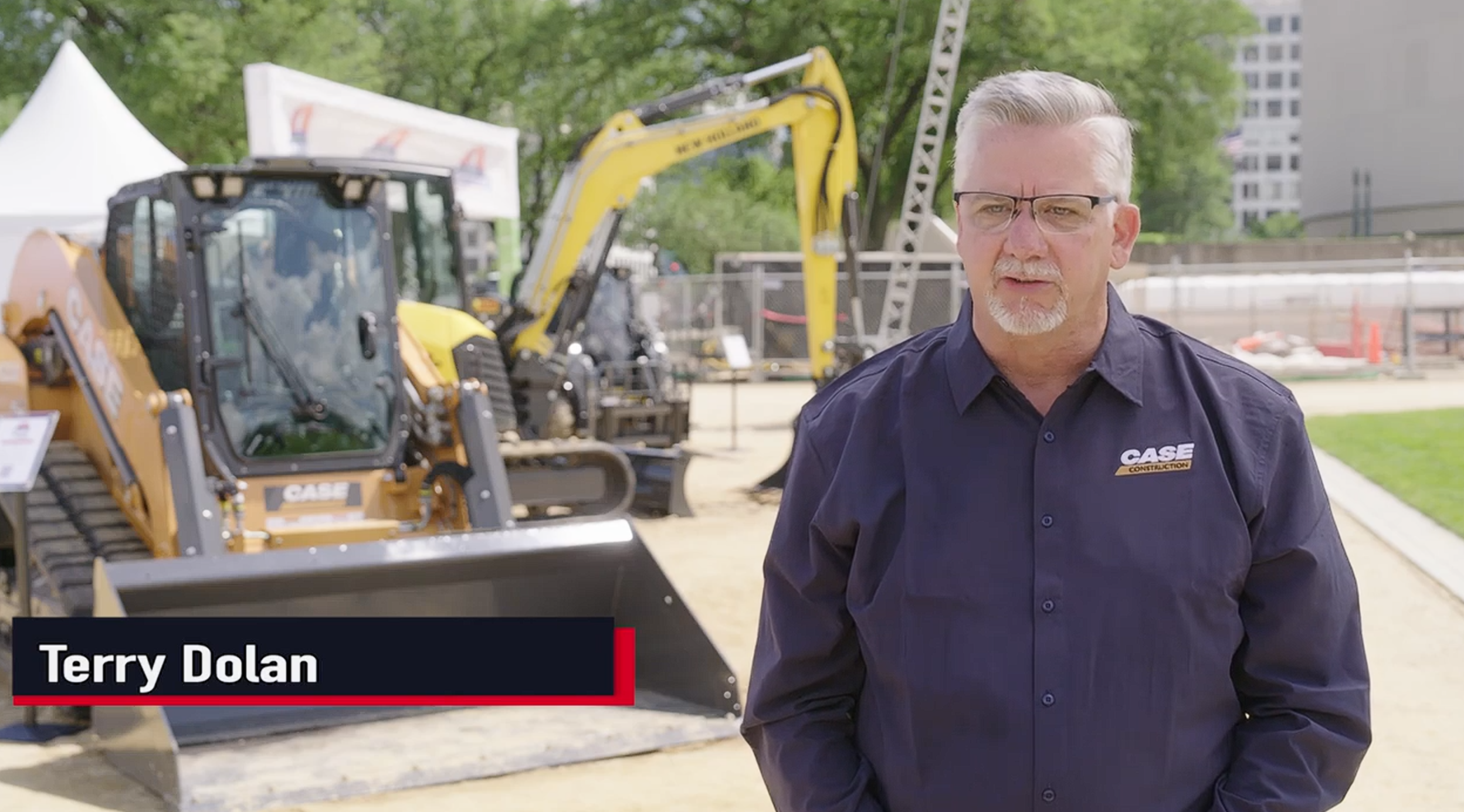As an industry, equipment manufacturing is capital intensive, has a high R&D to output ratio, a high R&D to employment ratio, and offers high wages on average to employees compared to other sectors. Because of this, it is critical that states continue to offer competitive tax incentives to attract and keep businesses.
States without an R&D tax credit (or with less generous R&D tax credits or higher business tax rates) will be less likely to see growth in R&D expenditures. The end result is less economic growth and reduced gains in the standard of living. It is very positive to see the Texas Legislature working on updating the current R&D tax structure during the 2025 legislative session.
A study by Texans for Innovation puts the importance of this session’s legislation in good perspective. “The question is not whether Texas can afford to extend the R&D tax credit, but instead whether Texas can afford not to extend the R&D tax credit.”
Current R&D Tax Credit Landscape
Currently, Texas law provides a franchise tax credit and a sales tax exemption for qualifying research activities. The current law expires on Dec. 31, 2026. Current Texas R&D tax incentives underperform as compared to the rest of the country. Texas lags in R&D investment, ranking 33rd when compared to other states using the gross state product (GSP) measurement. According to Texans for Innovation, the lack of R&D expenditures in Texas is directly related to inefficient and ineffective tax policy regarding innovation for a substantial part of the last two decades.
There is serious concern that Texas could be falling behind in this critical area for manufacturers. The state of California offers credits on 15% of qualified research expenses (QREs), plus 24% of research payments to a public university, public university hospital, or cancer research center. In addition, Michigan offers credits on 10-15% of new OREs in the state, depending on whether the research is performed by a large or small company, plus an additional 5% for research in collaboration with a university.
Keeping Texas Competitive: 2025 Legislation
Companion bills SB 2206 and HB 4393 will provide an updated tax structure to support R&D. The new structure, provided by both bills, will be easier for the state to administer and ensure that Texas remains in the hunt for these projects. The state's economy will benefit from this smart tax policy, which research demonstrates will pay for itself in resulting economic gains.
Further, these bills attempt to make permanent what is already in Texas law. Texas will offer a franchise tax credit for qualified research expenses (QRE’s). For simplicity, the Texas credit will be tied to amounts reported on IRS Form 6765. The bills offer rolling conformance to federal law, and provisions for future Form 6765 updates. Taxpayers must file Form 6765 to claim the Texas credit. The Texas credit offered would be 8.72%, or 10.903% of new R&D in Texas. The credit amount may not exceed 50% of franchise tax liability.
Benefits of SB 2206 and HB 4393
According to Texans for Innovation, expanding and making permanent R&D tax credits could create more than 113,000 jobs and $8.5 billion in wages by 2035. Further, the economic benefits will offset the cost of expanding R&D tax credits. Over 20 years, Texas could see a net economic gain of $58.8 billion.
Good policies like R&D tax credits are important to maintaining a healthy equipment manufacturing industry. SB 2206 and HB 4393 look to make permanent current R&D tax credits in Texas and make it easier for both the state and manufacturers to take advantage of this positive policy.
Your AEM State Affairs team is on the ground in Austin advocating for pro-equipment manufacturing policies during the 2025 session.
To learn more about tax issues in other states or to get involved in AEM’s advocacy efforts, please reach out to the AEM Advocacy Team.





